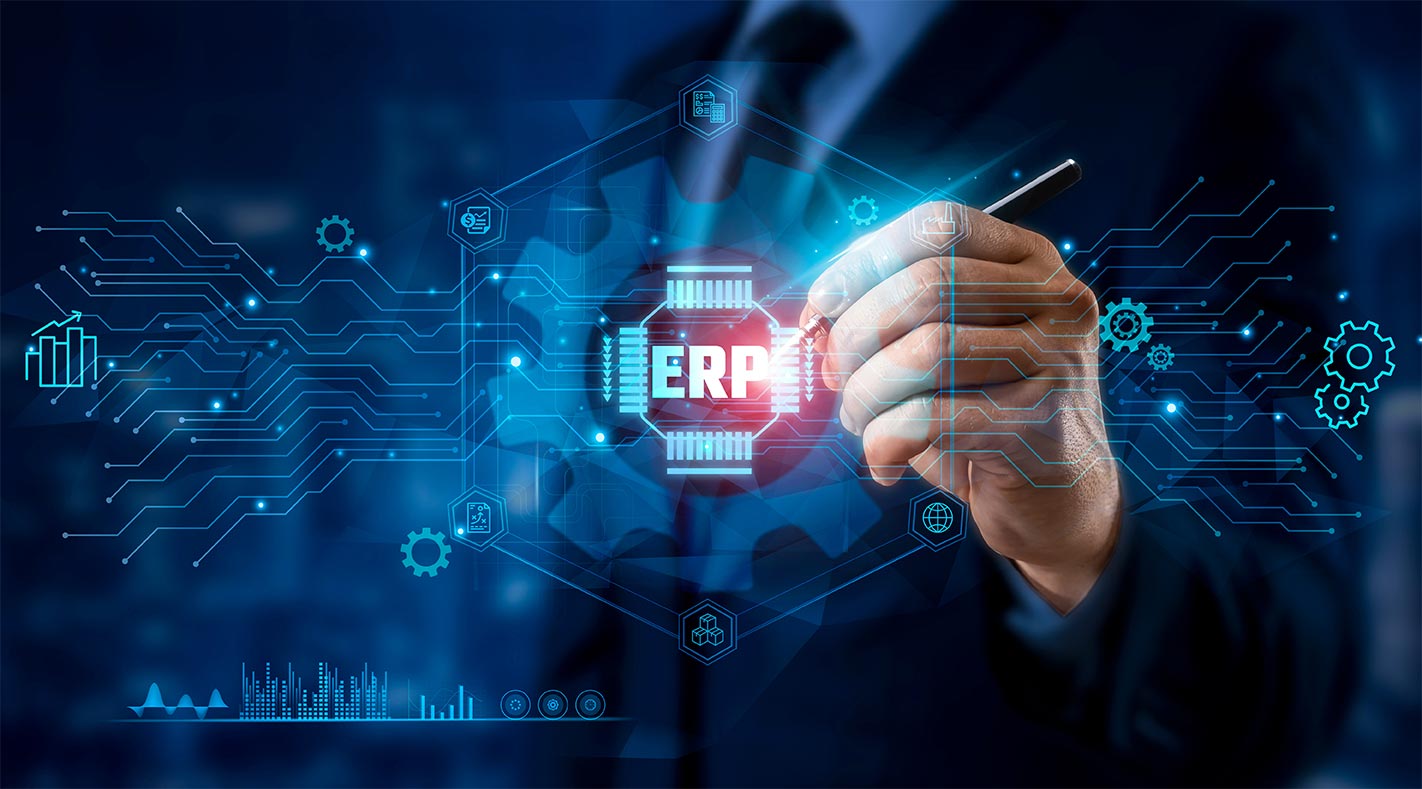In the rapidly evolving landscape of business technology, a global manufacturing company approached Tomerlin-ERP with a vision to elevate their operations and streamline business processes.
They sought to achieve this through the implementation of the latest version of Epicor Kinetic ERP. This case study delves into the meticulous planning, strategic execution, and remarkable outcomes of this ambitious ERP upgrade.
1. Introduction:
Our client, a distinguished player in the manufacturing sector, recognized the imperative need to modernize their enterprise resource planning (ERP) system. Their legacy system, while once robust, struggled to keep pace with evolving industry demands. To address these challenges, they made the strategic decision to upgrade to Epicor Kinetic ERP, a powerful and cutting-edge solution known for its scalability and functionality.
2. Challenges Faced:
Before embarking on the Epicor Kinetic ERP upgrade journey, the client confronted several challenges. Legacy systems were causing inefficiencies, hindering agility, and impeding the seamless flow of information across departments. The absence of real-time insights and the inability to adapt quickly to market changes were threatening the company’s competitive edge.
3. Needs Analysis:
Understanding the client’s unique requirements was paramount to the success of the project. Our team conducted an in-depth business process review, engaging key stakeholders to identify pain points, operational bottlenecks, and the specific functionalities critical to their business processes. This analysis laid the foundation for a customized Epicor Kinetic ERP implementation plan.
4. Customization and Configuration:
The Epicor Kinetic ERP platform, known for its flexibility, allowed us to tailor the system to the client’s specific needs. The customization process involved configuring modules to align with the unique workflows of their manufacturing processes. This not only optimized existing processes but also paved the way for enhanced functionality and improved user experience.
5. Seamless Integration:
Ensuring a seamless flow of information across the entire enterprise ecosystem was crucial. Our team undertook a comprehensive integration strategy, connecting the Epicor Kinetic ERP with existing applications and databases. This not only preserved historical data but also facilitated real-time data exchange, breaking down silos and fostering a more collaborative and informed work environment.
6. Testing and Quality Assurance:
A meticulous testing phase was undertaken to guarantee a smooth transition. Rigorous testing scenarios were executed to validate the functionality, security, and performance of the upgraded system. This included stress testing, user acceptance testing, and scenario-based testing. Any issues identified were promptly addressed, ensuring a robust and error-free ERP environment.
7. Training and Change Management:
Recognizing that technology is only as effective as the people using it, a comprehensive training program was implemented. This included sessions for end-users, administrators, and IT support staff. Change management strategies were employed to ease the transition, fostering a positive attitude toward the new system and encouraging staff to embrace the enhanced capabilities it offered.
8. Go-Live and Post-Implementation Support:
A carefully orchestrated go-live event marked the official transition to the Epicor Kinetic ERP. Real-time support teams were deployed to address any immediate concerns, ensuring minimal disruption to daily operations. Post-implementation, a dedicated support system was established, providing ongoing assistance, addressing queries, and ensuring that the system continued to evolve in tandem with the client’s needs.
9. Results and Key Achievements:
The outcomes of the Epicor Kinetic ERP upgrade were transformative. The client experienced:
- Enhanced Operational Efficiency: Streamlined workflows and automation led to a significant reduction in manual processes, improving overall operational efficiency.
- Real-time Insights: The implementation provided the client with access to real-time data, empowering decision-makers with accurate and timely information to drive strategic initiatives.
- Scalability: The scalability of Epicor Kinetic ERP ensured that the system could grow in tandem with the client’s expanding business needs, future-proofing their technology investment.
- Improved Collaboration: Breaking down silos and facilitating seamless communication across departments enhanced collaboration, fostering a more cohesive and agile organizational culture.
- Reduced Errors: Automation and standardized processes resulted in a substantial reduction in errors, contributing to improved product quality and customer satisfaction.
- Cost Savings: Efficiencies gained through the Epicor Kinetic ERP led to notable cost savings, optimizing resource utilization and reducing operational expenses.
10. Conclusion:
The successful Epicor Kinetic ERP upgrade and implementation were not just a technological milestone but a strategic investment that propelled our client into a new era of competitiveness. The project showcased the power of a well-planned, customized, and meticulously executed ERP upgrade in transforming business operations. The client is now poised for sustained growth, armed with a future-ready ERP system that aligns seamlessly with their evolving business landscape. This case study stands as a testament to the collaborative efforts, innovation, and commitment to excellence that define successful ERP implementations.

